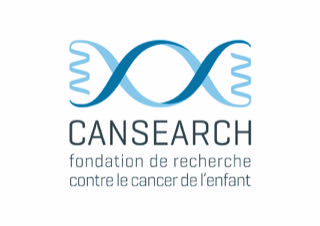k) Detect Project
Hematopoietic stem cell transplantation (HSCT) is a treatment used for a variety of indications, including both malignant diseases such as lymphoblastic or myeloid leukemias and non-malignant conditions like beta-thalassemia. However, treatments administered during the transplant preparation phase are highly toxic and carry a significant risk of side effects that can lead to morbidity or even mortality in patients. Both efficacy and the risk of side effects are strongly linked to the degree of exposure to the various components of the treatment. However, significant variability in drug metabolism and susceptibility to toxicities is observed from one child to another. This makes treatment management difficult and complicates the assessment of drug doses to be prescribed for each patient. Part of the observed variability results from intrinsic differences between individuals encoded in their genome.
One of the main goals of our research platform is to identify genetic factors influencing susceptibility to hematopoietic stem cell transplant conditioning treatments. To achieve this, we participate in a large number of international clinical studies that allow us to collect clinical, pharmacological, and genetic data from pediatric patients receiving a transplant. Fortunately, the number of children suffering from conditions requiring a transplant remains limited, and only a fraction of these patients will experience severe adverse effects, although the catastrophic consequences of these events fully justify our interest/efforts.
The challenge lies in the size of the patient groups needed to analyze the genetic contribution to a clinical characteristic. Indeed, the human genome comprises several million polymorphisms, and examining them all simultaneously would require a gigantic cohort composed of several thousand individuals. One of the most commonly used strategies to overcome this difficulty is the selection of candidate polymorphisms based on prior knowledge (found, for example, in scientific literature). The disadvantage of this approach is the limitation of selecting mutations affecting processes already known or at least suspected. The Detect project consists of an innovative approach developed to identify, without bias, new genetic mutations that may contribute to drug toxicity based on laboratory experiments using cell lines.
It is, in fact, a dual experimental approach, using cell lines cultivated in the laboratory, based either on functional genetic selection or on expression differences induced by drug treatments.
For genetic selection, we introduce targeted mutations, at a rate of one mutation per cell, before cultivating this heterogeneous population in the presence of a toxic substance. The isolation and characterization of mutated cells conferring growth advantage or disadvantage in the presence of the drug are likely to carry mutations in genes related to sensitivity/resistance to the substance.
Transcriptomic analysis is based on the concept of pre-sensitization of a cell by previous treatment. By comparing differences in gene expression
Both approaches are complementary and will increase our chances of identifying new molecular processes involved in the pre-transplant treatment response, ultimately enabling us to optimize the individualization/personalization of the type of medication and the dose administered based on the unique characteristics of each child.
